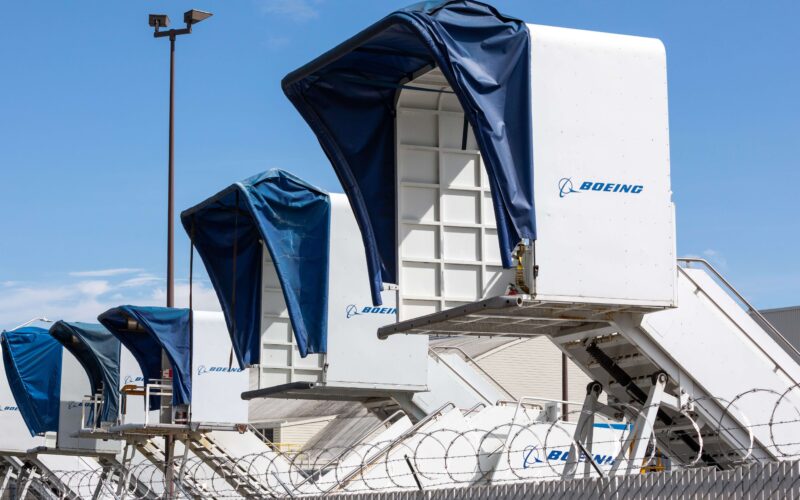Boeing has forecasted that airlines operating in Russia and Ukraine as well as a number of other Commonwealth of Independent States (CIS) will need as much as 1,540 new aircraft in the next 20 years, which could total $200 billion. In addition, the market could also require 83,000 new aviation personnel. This estimate was given based on the growing demand for single-aisle jets in the region.
According to the Boeing Commercial Market Outlook (CMO) of 2021, which was released on October 2, 2021, air traffic in the region is expected to grow by 2.9% tied to the economic growth of 2.1% yearly by 2040. The American aerospace manufacturer indicates that Russia has been leading the rest of the region in the recovery of domestic air traffic since the beginning of the COVID-19 pandemic.
The company outlines that growth in passenger numbers is expected to continue, which suggests that to cover the demand, airlines, especially the low-cost carrier (LCC) segment, will need to boost fleets with additional single-aisle and wide-body jets. Thus, in order to serve regional leisure markets, low-costs airlines serving CIS, including Russia, Ukraine, Azerbaijan, Armenia, and Belarus as well as Kazakhstan, Kyrgyzstan, Moldova, Tajikistan, Turkmenistan, and Uzbekistan, will require 1,150 new single-aisle planes.
Carriers situated in the region will also need 160 new wide-body aircraft and freighters to meet the growing demand for long-haul passenger flights and cargo operations.
Boeing estimates that 75% of new deliveries will include single-aisle aircraft.
The latest CMO for Russia, Ukraine, and CIS projects that throughout 2040 the region will also need aftermarket aviation services worth $320 billion, including passenger-to-freighter conversions, maintenance as well as repair, and digital services.
To meet the demand, countries will require a total of 83,000 new aviation personnel. Boeing predicts that the CIS market will need 25,000 new pilots, 25,000 technicians, and 33,000 cabin crew members.

